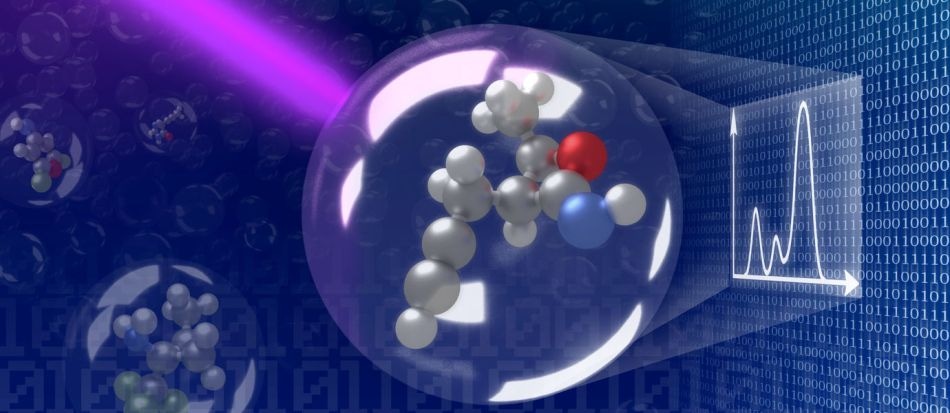Jan 31 2019
Scientists at Aalto University and the Technical University of Denmark have developed artificial intelligence (AI) to significantly speed up the development of new technologies ranging from wearable electronics to flexible solar panels. Artificial Intelligence for Spectroscopy, or ARTIST, promptly establishes how a molecule will react to light—clinch-pin knowledge for developing the designer materials required for futuristic technology.
 Image credit: Jari Järvi/Aalto University
Image credit: Jari Järvi/Aalto University
Conventionally, researchers explore molecular reactions to external stimuli using spectroscopy, an extensively used technique across the natural sciences and industry. Spectroscopy probes the inner properties of materials by noting their response to, for instance, light, and has led to the creation of innumerable day-to-day technologies. Current experimental and computational spectroscopy methods can be, however, very expensive. In very specialized laboratories, time is expensive and usually severely limited, while computations can be laborious and time-consuming.
With ARTIST, the researchers offer a paradigm shift to how scientists determine the spectra—or reaction to light—of individual molecules.
Normally, to find the best molecules for devices, we have to combine previous knowledge with some degree of chemical intuition. Checking their individual spectra is then a trial-and-error process that can stretch weeks or months, depending on the number of molecules that might fit the job. Our AI gives you these properties instantly.
Milica Todorović, Postdoctoral Researcher, Aalto University.
ARTIST’s accuracy and speed have the potential to accelerate the progress of flexible electronics, including light-emitting diodes (LEDs) or paper with screen-like abilities. Complementing standard research and characterization in the laboratory, ARTIST may also be the answer to producing better catalysts and batteries, as well as developing new compounds with judiciously selected colors.
The AI was trained in just a few weeks by the multidisciplinary team using a dataset of over 132,000 organic molecules. ARTIST can predict with exceptionally good accuracy just how those molecules—and those analogous in nature—will react to a stream of light. The team currently hopes to widen its abilities by training ARTIST with even more data to produce an even more robust tool.
Enormous amounts of spectroscopy information sit in labs around the world. We want to keep training ARTIST with further large datasets so that it can one day learn continuously as more and more data comes in.
Patrick Rinke, Professor, Aalto University.
In 2019, the scientists intend to release ARTIST on an open science platform, and at present, it can be used and employed for further training upon request.
The research was reported in Advanced Science on January 29th, 2019.